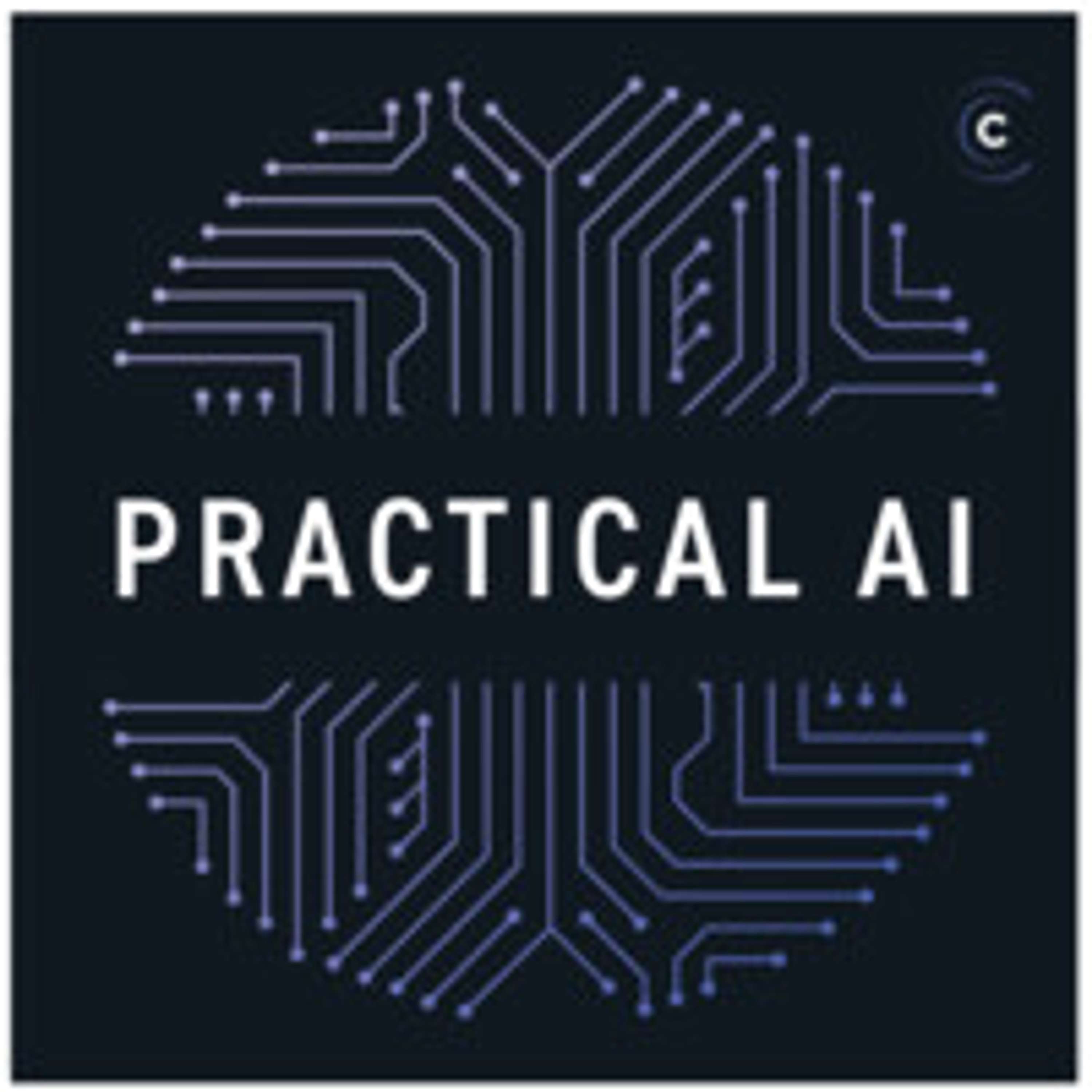
🤖 AI Summary
Overview
This episode dives into the concept of agentic AI for drone and robotic swarming, exploring how autonomous systems collaborate without centralized control to achieve shared goals. The discussion covers the technical, ethical, and practical aspects of swarming, including its inspiration from nature, its applications in challenging environments, and the AI models and infrastructure enabling it.
Notable Quotes
- Swarming occurs when numerous independent, fully autonomous platforms exhibit highly coordinated behaviors, functioning as a single, distributed, decentralized decisioning entity.
- Chris Benson, defining swarming.
- We're at an inflection point in history where the technology for swarming is becoming feasible, and its applications will soon be part of daily life.
- Chris Benson
- The beauty of swarming is in its emergent behavior—many independent agents working together without a central authority, just like starlings in the sky.
- Daniel Whitenack
🦅 Inspiration from Nature: Swarming in the Animal Kingdom
- Swarming behavior in nature, such as bird murmurations and fish schools, serves as a model for robotic swarming.
- These natural systems exhibit decentralized decision-making, where no single entity controls the group, yet they achieve coordinated movement and shared goals.
- Chris highlighted starlings as an example, where thousands of birds communicate and sense each other to move as a unified entity.
🤖 Defining Swarming in Robotics
- Swarming in robotics involves multiple autonomous platforms working collaboratively without centralized control.
- Chris emphasized that true swarming requires decentralized decision-making, distributed computation, and emergent behavior.
- This is distinct from pre-programmed or centrally controlled systems, such as drone light shows, which lack autonomy and adaptability.
🌍 Applications in Challenging Environments
- Swarming is particularly valuable in environments where centralized control is impractical, such as disaster recovery, remote industrial operations, and undersea exploration.
- Example: In disaster zones, heterogeneous robots (e.g., rubble-clearing and search robots) can collaborate to save lives without relying on external infrastructure.
- Daniel noted the potential for swarming in oil and gas industries, where robots could operate in extreme or inaccessible environments.
🧠 AI Models and Technical Challenges
- Swarming requires a mix of AI models, including reinforcement learning, computer vision, and smaller, task-specific models that can run on edge devices.
- Communication and coordination between agents are critical, with mechanisms like election algorithms used to assign tasks dynamically.
- The miniaturization of AI models and advancements in edge computing are making swarming increasingly feasible.
⚖️ Ethical Considerations and Oversight
- The potential for misuse or unintended consequences of swarming technology raises ethical concerns.
- Chris discussed the importance of human-on-the-loop
oversight, where humans can intervene in swarm decision-making to prevent harmful outcomes.
- Drawing parallels to mob behavior, Daniel highlighted the need for guardrails to ensure swarms act within ethical boundaries.
AI-generated content may not be accurate or complete and should not be relied upon as a sole source of truth.
📋 Episode Description
In this episode of Practical AI, Chris and Daniel explore the fascinating world of agentic AI for drone and robotic swarms, which is Chris's passion and professional focus. They unpack how autonomous vehicles (UxV), drones (UaV), and other autonomous multi-agent systems can collaborate without centralized control while exhibiting complex emergent behavior with agency and self-governance to accomplish a mission or shared goals. Chris and Dan delve into the role of AI real-time inference and edge computing to enable complex agentic multi-model autonomy, especially in challenging environments like disaster zones and remote industrial operations.
Featuring:
Links:
Chris's definition of Swarming:
Swarming occurs when numerous independent fully-autonomous multi-agentic platforms exhibit highly-coordinated locomotive and emergent behaviors with agency and self-governance in any domain (air, ground, sea, undersea, space), functioning as a single independent logical distributed decentralized decisioning entity for purposes of C3 (command, control, communications) with human operators on-the-loop, to implement actions that achieve strategic, tactical, or operational effects in the furtherance of a mission.
© 2025 Chris Benson
Sponsors:
- Outshift by Cisco: AGNTCY is an open source collective building the Internet of Agents. It's a collaboration layer where AI agents can communicate, discover each other, and work across frameworks. For developers, this means standardized agent discovery tools, seamless protocols for inter-agent communication, and modular components to compose and scale multi-agent workflows.
